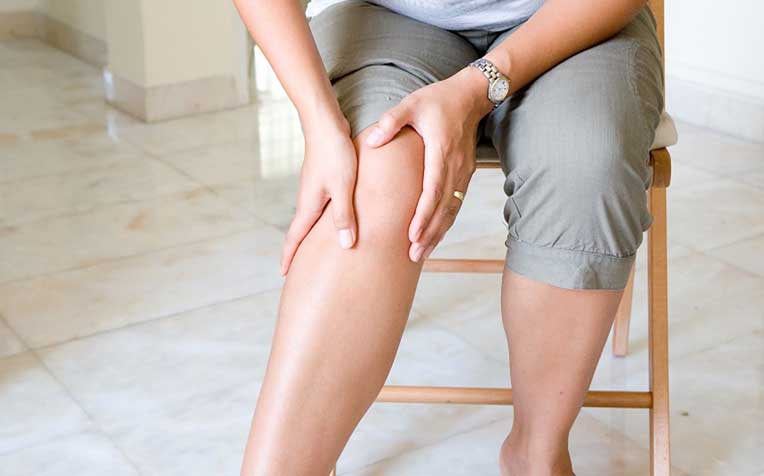HealthXchange will NEVER ask you to transfer money over a call. If in doubt, call the 24/7 ScamShield helpline at 1799, or visit the ScamShield website at www.scamshield.gov.sg.

Lymphoedema, a chronic limb swelling condition, is caused by many factors including cancer treatment.
This build-up of fluid usually occurs in an arm or a leg, causing it to swell. In some cases, both arms or both legs may swell, or the swelling may occur in an entirely different part of the body.
The lymph nodes and lymph fluid are part of the lymphatic system which helps the body fight infection. As it circulates throughout your body, lymph fluid carries harmful substances and waste products to the lymph nodes to be flushed out.
What causes lymphoedema?
Lymphoedema typically occurs when there is an abnormal accumulation of lymphatic fluid in the tissue, causing oedema (swelling) in the affected body part. This malfunction can be caused by various factors such as infection, injury, or cancer treatment, affecting the lymphatic flow. Lymphoedema can also occur if there is an abnormal development of the lymphatic system, though this is less common.
Primary lymphoedema is caused by abnormalities of the lymphatic system and is often inherited. Secondary lymphoedema is caused by damage to an otherwise normal lymphatic system.
“Primary lymphoedema occurs with congenital conditions, as in the case of people born with lesser lymphatic vessels, lymph nodes and/or a compromised lymphatic system,” says Gladys Teng Yu Hui, Senior Principal Therapist, Department of Occupational Therapy at Singapore General Hospital (SGH), a member of the SingHealth group.
Secondary lymphoedema causes and risk factors
- Cancer cells: Growth of cancer cells near a lymph node or lymph vessel.
- Cancer treatment:
- Surgical removal of lymph nodes during treatment for breast cancer, cervical cancer and prostate cancer.
- Radiation treatment.
- Infection, e.g. bacterial skin infection (e.g. cellulitis) or parasite infection.
- Venous diseases, e.g. deep vein thrombosis (DVT), varicose veins.
“Risk factors for lymphoedema include obesity and accidental trauma (severe burns, insect bites) and chronic venous insufficiency,” says Ms Teng.
Read on to learn more about the symptoms and treatment overview.
Ref. Q15
Contributed by
Related Articles
Conditions & Treatments
Public Events
Get the Health Buddy App
© 2025 SingHealth Group. All Rights Reserved.
















 Get it on Google Play
Get it on Google Play